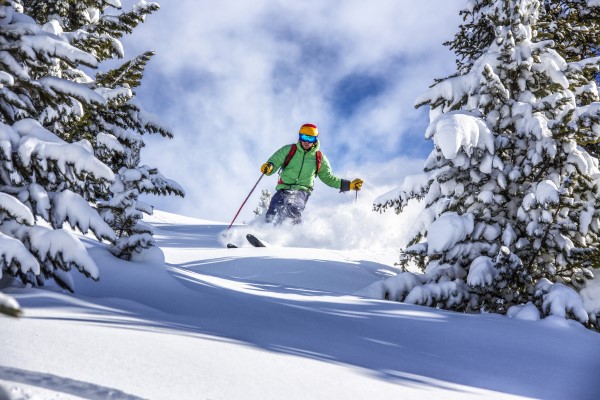Trauma Services BC (TSBC), a program of the Provincial Health Services Authority, is reminding those hitting the slopes to take precautions against serious injury.
“B.C. is recognized for its world-class ski resorts and the amount of terrain it provides for winter sports, but these winter activities come with an element of risk for injury,” said Dr. David Evans, trauma surgeon and medical director, Research and Analytics Unit, Trauma Services B.C.
“Most injuries are preventable by taking simple precautions. In fact, the Alpine Responsibility Code promotes conscientious behaviour on the slopes. The responsibility code is consistent across all ski areas in Western Canada, and goes a long way to reducing injuries, lengthy hospital stays, permanent disability and even death,” added Dr. Evans.
Data show that from 2016 to 2021, skiers and snowboarders were six times more likely to be hospitalized with an injury than snowmobilers, and 22 times more than tobogganers. Males are hospitalized twice as often as females with ski and snowboard-related injuries. For males and females, the highest number of hospitalizations occur between the ages of 20 to 24.
According to the BC Coroners Service, each year in B.C. there are about 10 deaths from skiing and snowboarding, due to avalanches, falls from heights and falls into tree wells. The highest percentage of deaths occur in the Vancouver Coastal and Island Health regions. The most common medical cause of death given in the Coroner’s Report was ‘Suffocation/Smothering/Positional Asphyxia’.

A tree well is a deep hole or depression that forms beneath the lower branches of an evergreen tree because the tree’s branches prevent snow from collecting and packing around that area. The resulting hole or cavity can be metres deep.
“Skiers or boarders falling towards a tree well often land head first with their skis or snowboard above them. Being upside down in the tree well and struggling to move can cause the snow to pack around the victim, and can lead to death from suffocation/asphyxia. If you see someone in a tree well, act fast to get them out,” advised Dr. Evans.
- Pack a whistle. If you end up hurt or in a tree well, you can make noise to get attention
- Stay in bounds, observe signs and warnings and keep off closed trails
- Stay in control and ski or snowboard within your abilities. Go at a safe speed.
- Remember that people ahead of you have the right-of-way
- Whenever starting downhill or merging, look uphill and yield
- Learn about tree wells and how to reduce your risk
- Add the ski hill emergency number to your cell phone contacts list. If you need to use it, the emergency operator will dispatch ski patrol right away and get you a faster response than if you send someone for help or wait for a passerby.
The BC Trauma Registry is responsible for the collection and management of clinical data on trauma patients to help ensure patients are getting the best possible care, no matter where they live in the province.
BC Trauma Registry data: All skiing and snowboarding hospitalizations (including major injury). The BCTR reports on major injury admissions in 11 lead trauma hospitals across B.C.
- 2016/2017: 497
- 2017/2018: 573
- 2018/2019: 503
- 2019/2020: 451
- 2020/2021: 369
- Skiing/Snowboarding: 478
- Snowmobiling: 75
- Hockey: 55
- Ice skating: 52
- Tobogganing: 21

